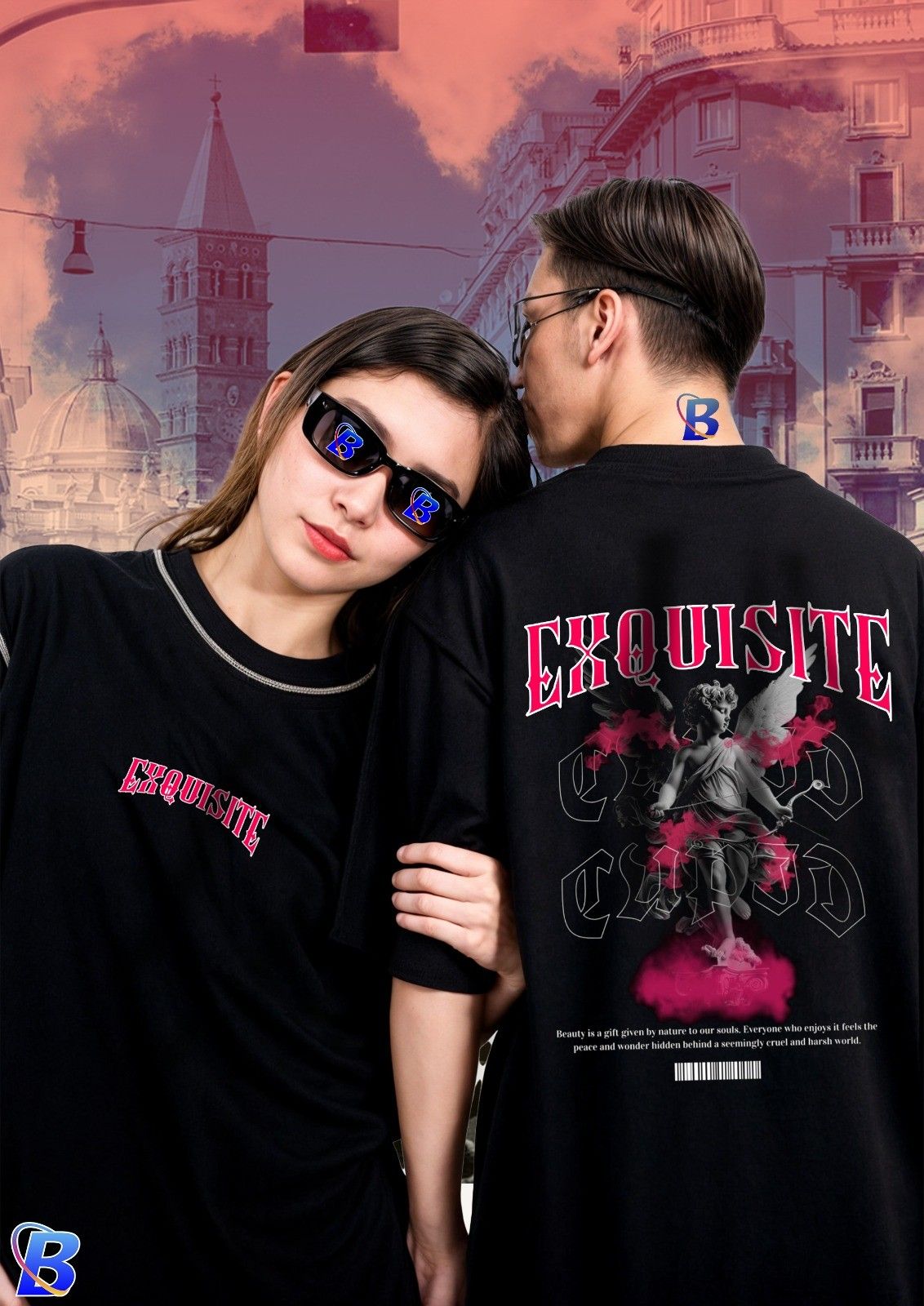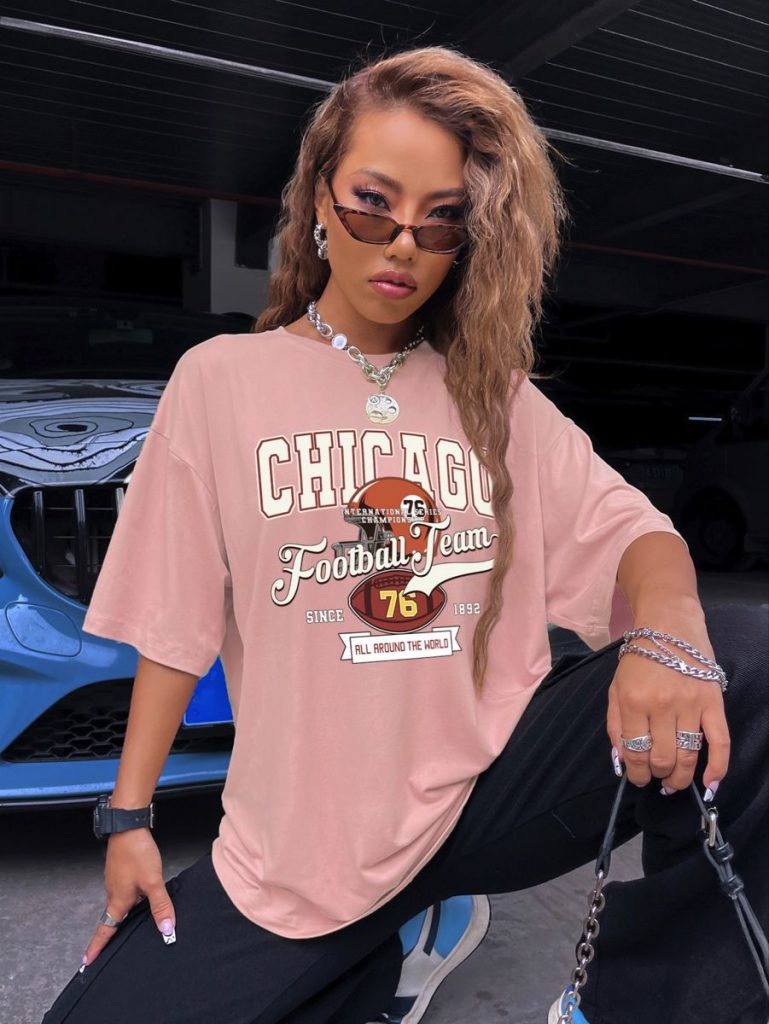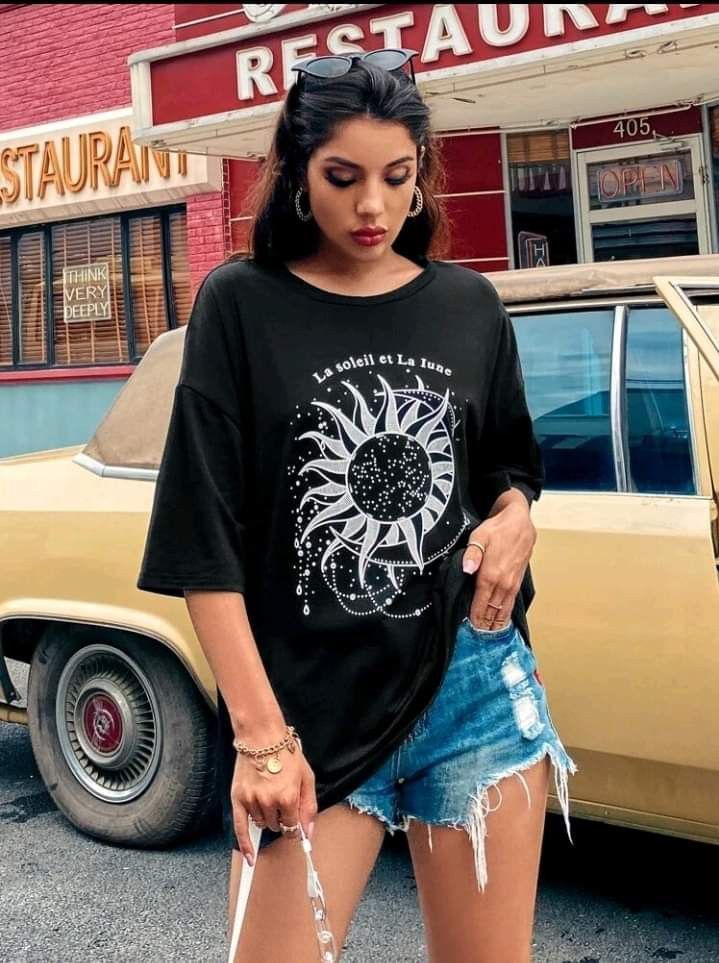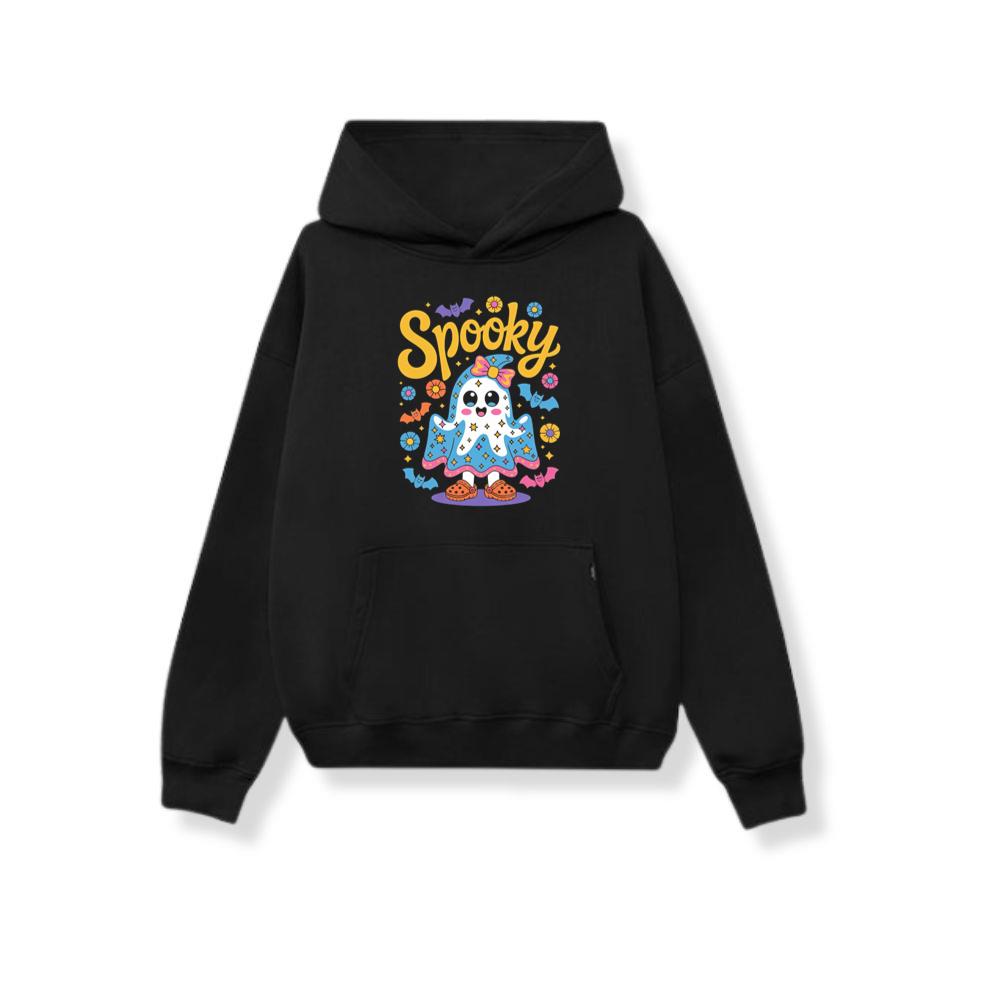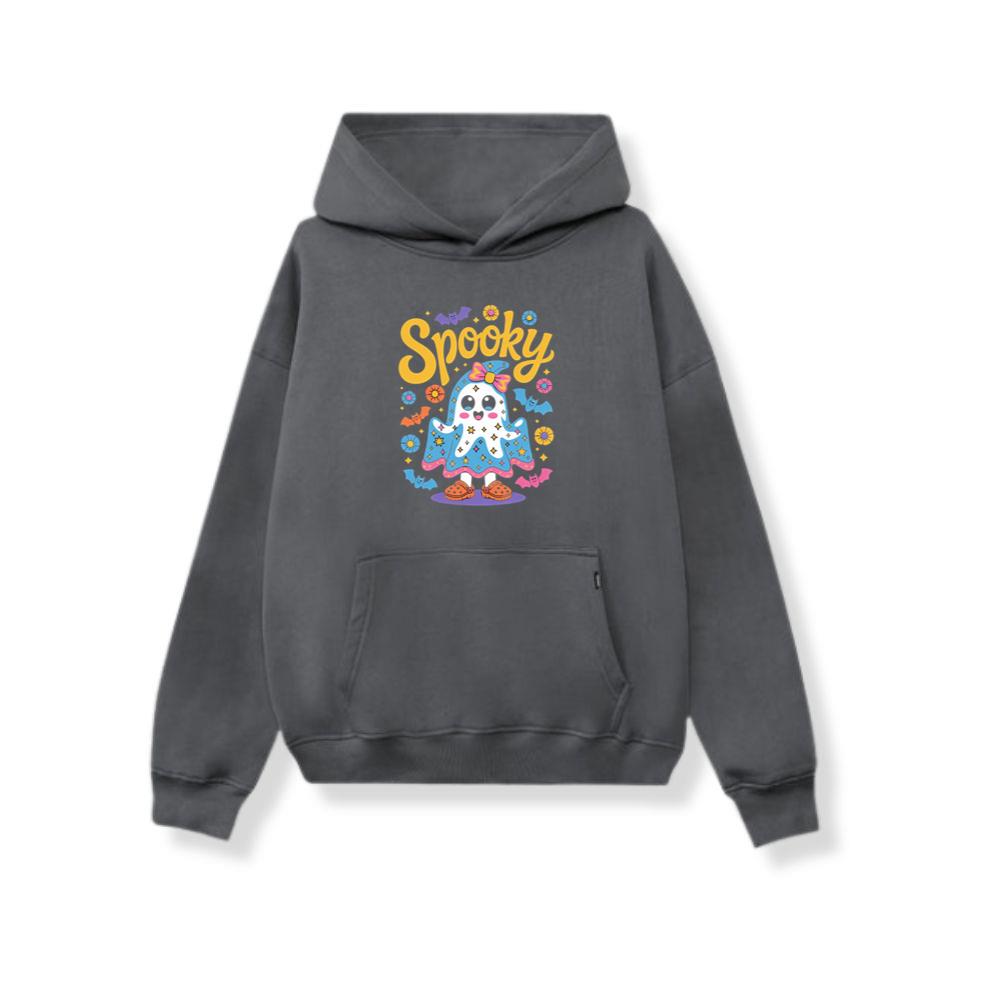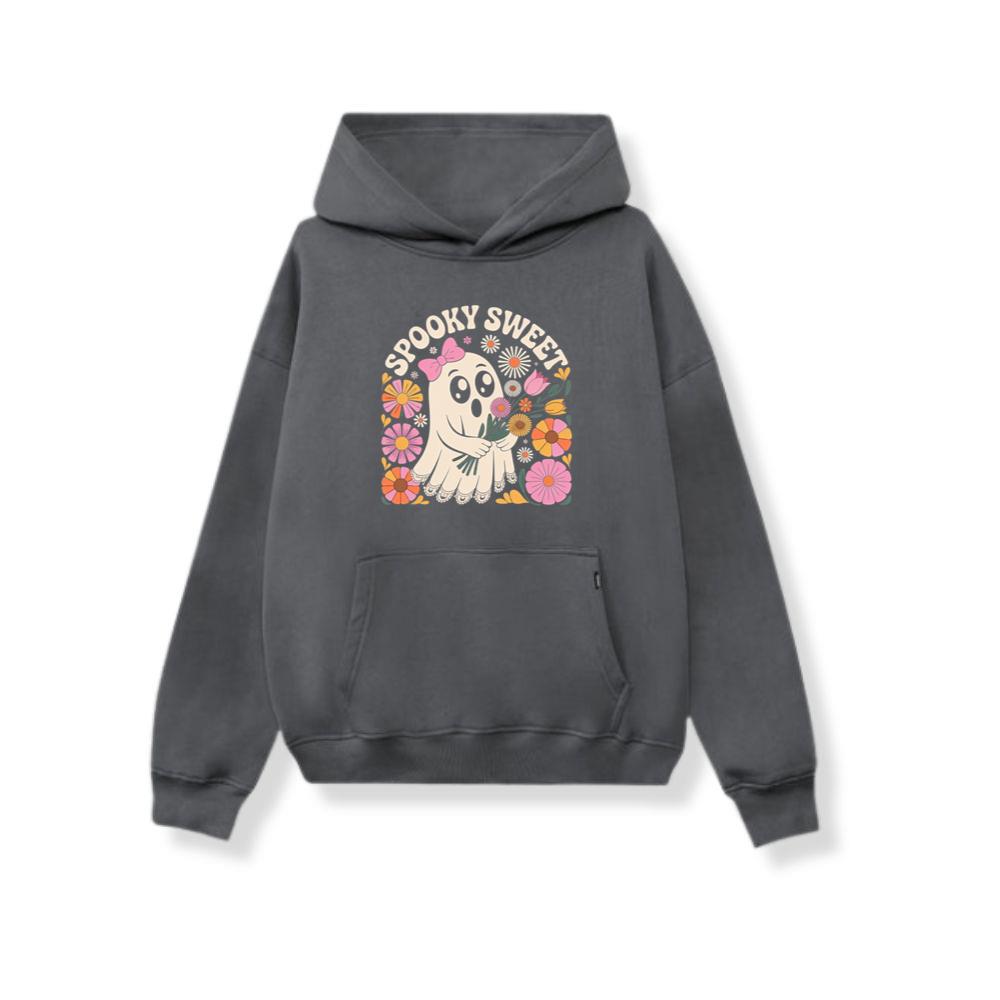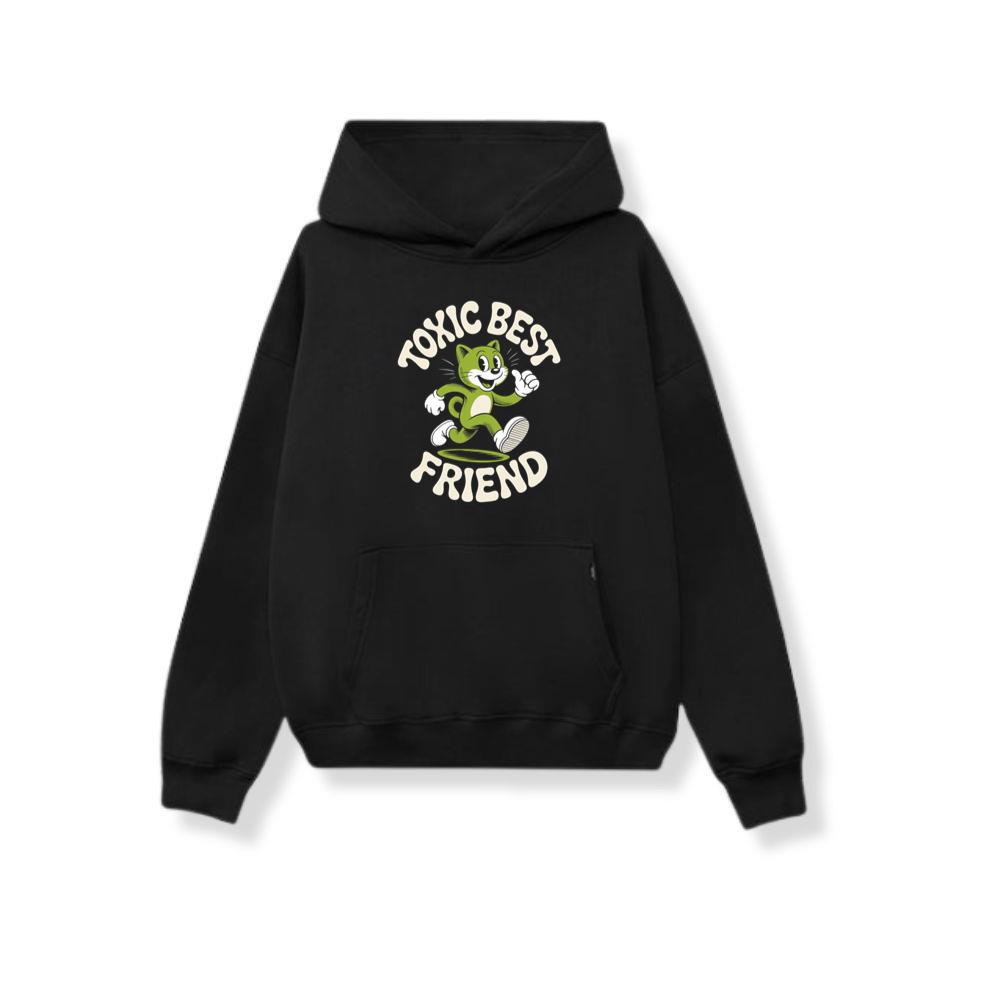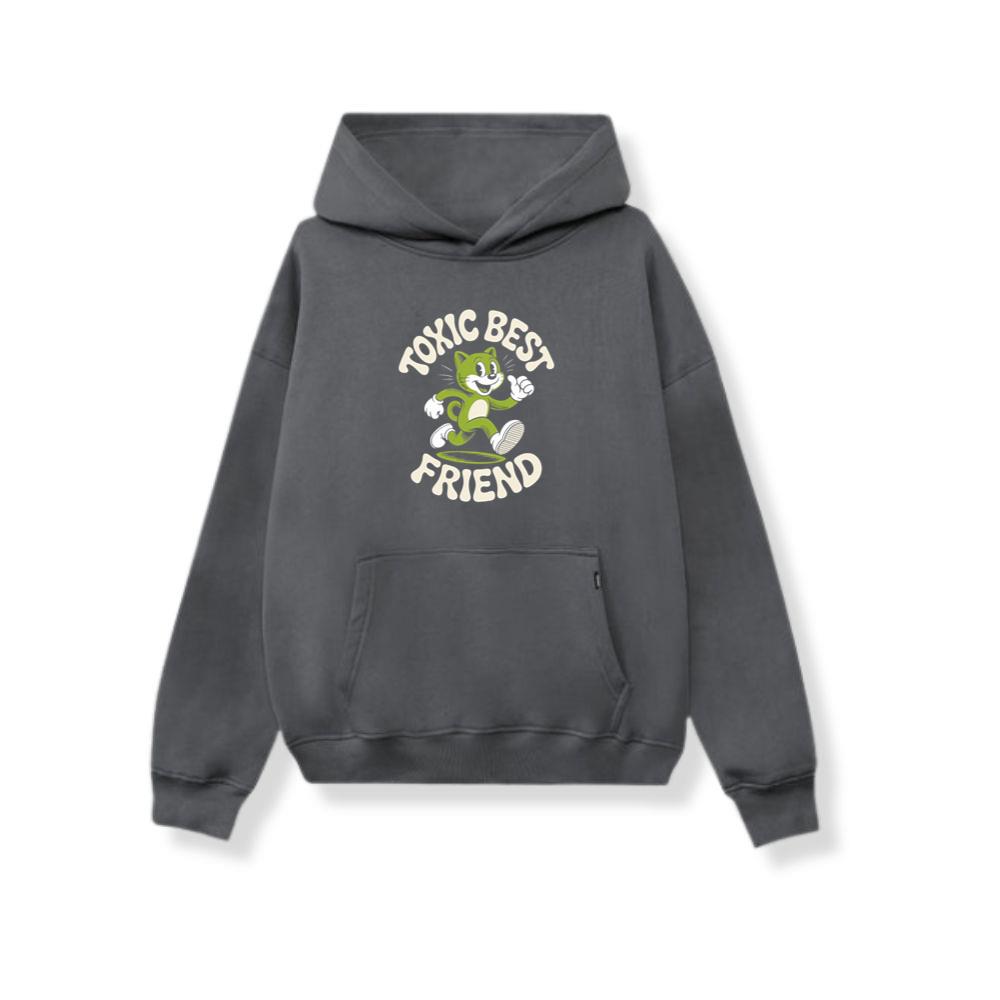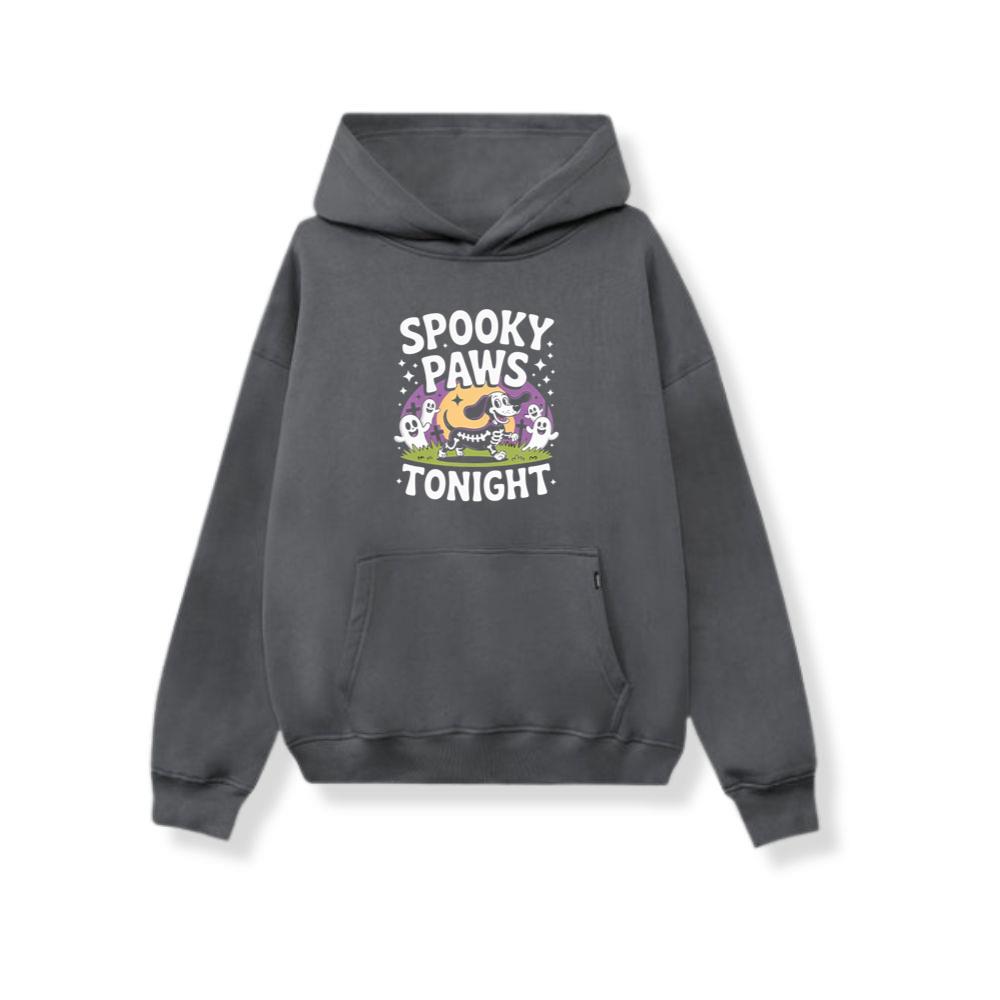Introduction — The Evolution of Modern Fashion
Fashion has always been more than fabric, thread, and silhouette. It is a reflection of who we are, where we come from, and where we are heading. In a world that never stops changing, fashion stands as both a mirror and a compass, capturing our current identity while forecasting the next wave of transformation. “Fashion Forward: Defining The Future Of Style” is not merely about predicting trends—it is about understanding how innovation, consciousness, and individuality are reshaping the very essence of what we wear.
The evolution of fashion in the 21st century is a fascinating intersection of technology, sustainability, cultural reinvention, and personal empowerment. Gone are the days when fashion simply followed a seasonal cycle dictated by luxury houses. Today, creativity is decentralized. Designers are no longer confined to the runways of Paris or Milan. Instead, they emerge from digital platforms, social media, and even virtual worlds, creating a new ecosystem where style becomes accessible, democratic, and globally interconnected.
This evolution isn’t just aesthetic—it’s ideological. The fashion industry is shifting from a model of exclusivity to one of inclusivity. From embracing genderless collections to celebrating diverse body shapes and ethnic backgrounds, fashion now amplifies voices that were once silenced. It is a global dialogue about freedom, sustainability, and authenticity. And in that conversation, the future is being written in real time.
At the heart of this transformation lies the rise of digital fashion—a world where 3D modeling, artificial intelligence, and augmented reality are redefining how we create and experience garments. The fashion industry is no longer limited by physical constraints. Virtual collections, digital runways, and AI-generated designs are opening a new dimension of creativity. Designers can now dream without the limitations of production costs or physical materials. This digital liberation doesn’t replace the tactile beauty of real clothing; it expands it.
Meanwhile, sustainability is no longer a trend—it’s a necessity. The modern consumer demands transparency, ethics, and responsibility. Brands that fail to adapt risk fading into irrelevance. From recycled textiles to circular design models, the fashion of the future is being built on conscious choices that prioritize both people and the planet. The pursuit of style has evolved into the pursuit of purpose.
Yet, amidst all these innovations, one truth remains: fashion is deeply personal. It speaks to identity, confidence, and emotion. The future of style is about merging technology and humanity, where what we wear becomes both a statement and a story—a wearable expression of who we are and who we aspire to be.
The Digital Renaissance of Fashion
The digital revolution has transformed the very DNA of the fashion world. What was once tangible is now algorithmic, and what was once confined to physical stores has expanded into limitless digital spaces. Virtual showrooms, AI stylists, and metaverse collections have made it possible to redefine what “wearing fashion” means in the modern era.
Designers now harness the power of 3D rendering and virtual prototyping to experiment with shapes, colors, and materials before a single thread is woven. This not only accelerates the design process but also minimizes waste—a critical step toward sustainability. Artificial intelligence is enabling predictive trend analysis, helping brands understand consumer desires with pinpoint precision. AI doesn’t just assist—it collaborates, co-creating aesthetics that resonate deeply with emerging cultural movements.
Social media platforms serve as the new runways. TikTok, Instagram, and digital fashion weeks allow creativity to thrive beyond traditional boundaries. A single viral outfit can redefine global trends overnight. This democratization of style has made fashion more participatory than ever. Anyone with a phone can be a designer, influencer, or storyteller.
In this era, individuality reigns supreme. The future belongs to those who dare to experiment—to blend physical and digital aesthetics into something new. Digital couture houses like The Fabricant or DressX are pioneering garments that exist solely online, blurring the line between what’s wearable and what’s imaginable. This isn’t just the next chapter of fashion; it’s an entirely new language of expression.
Sustainability and the Ethics of Tomorrow
The glamour of fashion has long come at an environmental cost. But as awareness grows, a new wave of designers and consumers are rewriting the rules. Sustainability has evolved from a marketing buzzword into the core philosophy driving modern fashion innovation.
Circular design is leading this transformation. Brands are adopting production models where garments are made to last, repair, and recycle. Upcycling—the art of transforming old fabrics into new masterpieces—has turned waste into wonder. Materials like organic cotton, mushroom leather, and recycled polyester are replacing harmful synthetics, marking the rise of a cleaner, greener aesthetic.
Ethical fashion extends beyond materials—it includes fair labor practices and community empowerment. Consumers today want to know who made their clothes, under what conditions, and at what cost. Transparency is now as valuable as craftsmanship. In response, brands are embracing traceable supply chains, blockchain technology, and ethical sourcing to rebuild trust in an industry that has often lacked accountability.
The future of fashion will not be defined by speed or excess, but by balance—between creativity and responsibility, luxury and sustainability. True style will lie not in abundance, but in authenticity.

